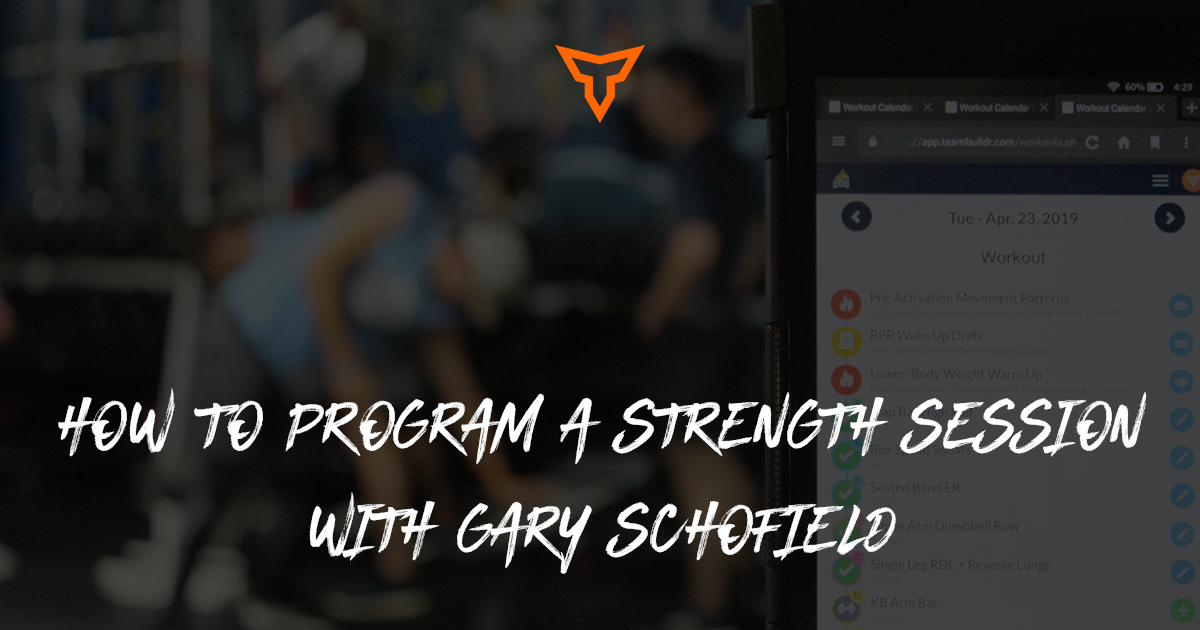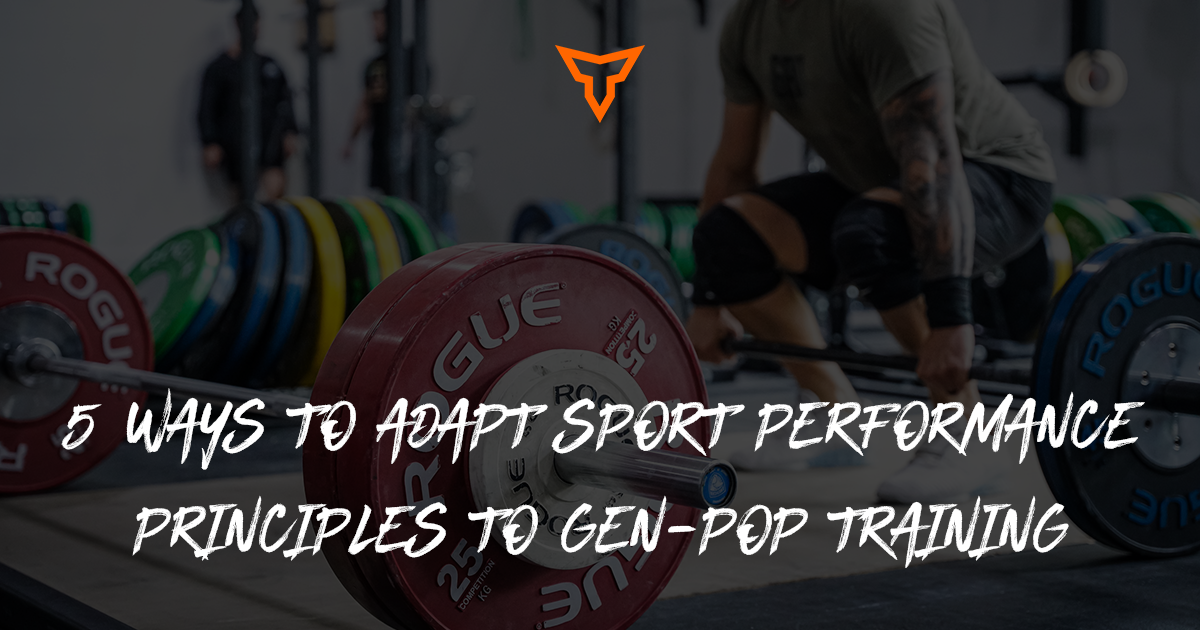Isometric workouts can be a great addition to a well-rounded strength and conditioning program. When it comes to breaking through a training plateau or a sticking point in a lift, isometrics can be your secret weapon.
The utilization of isometric techniques for training athletes is nothing new. Accounts of various isometric methods date back to the early 1900s. Researchers began publishing data on the ability of these methods to increase strength around the 1970s. In 1972, Grimby, et al. found that intermittent maximal isometric contraction of the quadriceps over several weeks could increase peak force output. Komi and colleagues researched the effects of isometric training on monozygotic twins in 1978, finding that maximal isometric knee extensions on one leg increased strength up to 20% in that leg. The team also found that the untrained leg increased strength by 11%.
In 1984, Duchateau and Hainaut compared the effects of moderate speed isometric contractions to quick dynamic contractions, finding that the isometric group significantly increased maximal muscle power after three months compared to the dynamic group. Training based upon these findings has popped up and faded repeatedly over time.

Isometrics can be utilized in two different ways: 1) pushing against an immovable object, or 2) by pausing at a specific point during an exercise/lift. Utilizing the catch arms or pins of a squat rack is an easy way to implement isometrics into your program. Simply set the catch arms at a specific height of your lift so that they are in the path of the bar. Once you are in position and have made contact with the catch arms, apply maximal force for 5-10 seconds. This can be done with nearly any lift that uses a bar (squat, deadlift, bench press, calf raises, rows, etc.). It is important to keep in mind that joint angles are the key to improving strength with this method, meaning that strength will improve greatest near the specific range of motion where the isometric muscle action happens.
With this in mind, to increase force output for the entire range of motion, it is necessary to set your catch arms at several points along the given range of motion. This type of isometric training is beneficial for not only increasing force output, but also the rate of force development. This is not surprising, as applying force against an immovable object can be done extremely fast due to the minimal range of motion required to execute the movement, which can have an impact on motor unit recruitment and firing rates.
The second method of incorporating isometric workouts into your training is by pausing during a lift. Pausing helps to develop strength by removing the ability to use the stretch-shortening cycle (SSC). The SSC works in two theoretical ways. First, when a muscle is stretched under load, the muscle spindles activate a stretch reflex, which increases the activity (force output) of the agonist muscle during muscle activation. Second, elastic energy can be momentarily stored in the tendons during the eccentric (yielding) phase of a lift. Without a pause, this elastic energy can then increase force output during the concentric phase of a lift. By eliminating the SSC, the primary movers involved in a lift/exercise must work harder to overcome the external force. A 3-5 second pause will serve to dissipate stored energy and any potentiation created by the muscle spindles. From there, all that’s left is the pure strength of the muscles to finish the lift.
Isometrics are a simple and often forgotten method of increasing strength and eliminating sticking points in a lift. Depending upon how you incorporate them, you may see improvements right away (due to potentiation) or over a series of weeks (due to increased maximal strength). Either way, you’re bound to see a difference in your training.
References
Grimby, G., Bjorntorp, P., Fahlen, M., Hoskins, T. A., Hook, O., Oxhoj, H., & Saltin, B. (1973). Metabolic Effects of Isometric Training. Scandinavian Journal of Clinical and Laboratory Investigation, 31(3), 301-305. doi:10.3109/00365517309082434
Komi, P. V., Viitasalo, J. T., Rauramaa, R., & Vihko, V. (1978). Effect of isometric strength training on mechanical, electrical, and metabolic aspects of muscle function. European Journal of Applied Physiology and Occupational Physiology, 40(1), 45-55. doi:10.1007/bf00420988
Duchateau, J., & Hainaut, K. (1984). Isometric or dynamic training: Differential effects on mechanical properties of a human muscle. Journal of Applied Physiology, 56(2), 296-301. doi:10.1152/jappl.1984.56.2.296
Subscribe to our blog
Subscribe to receive the latest blog posts to your inbox every week.
Related posts

3 Ways to Use Tags in TeamBuildr

How To: Programming in TeamBuildr with Gary Schofield

